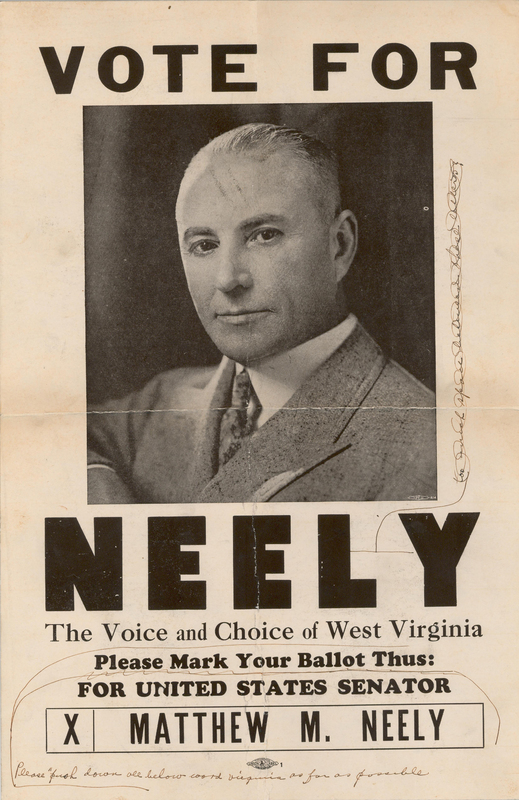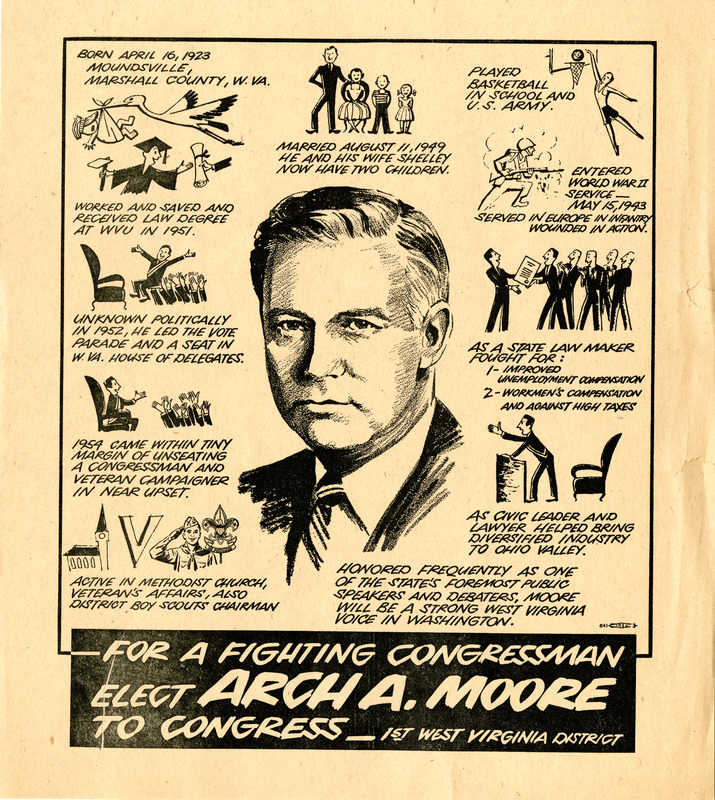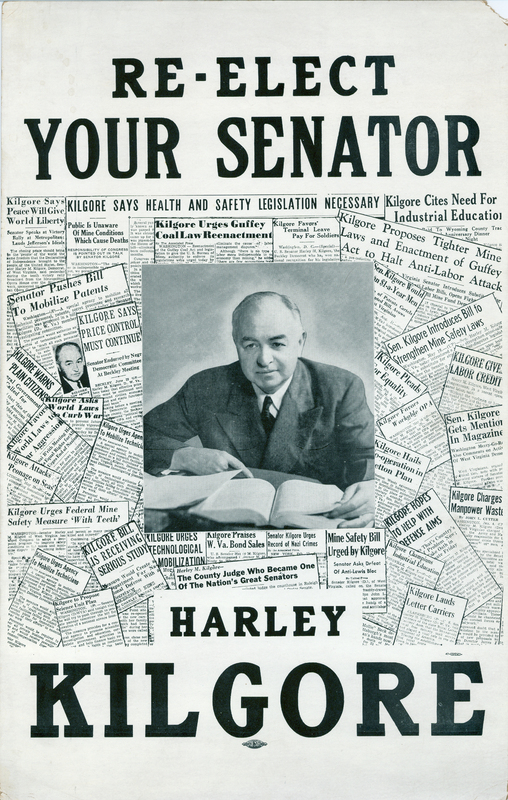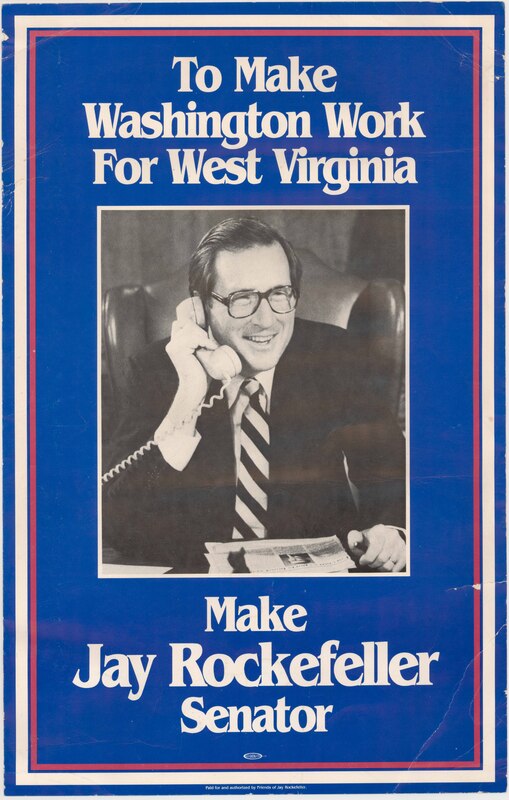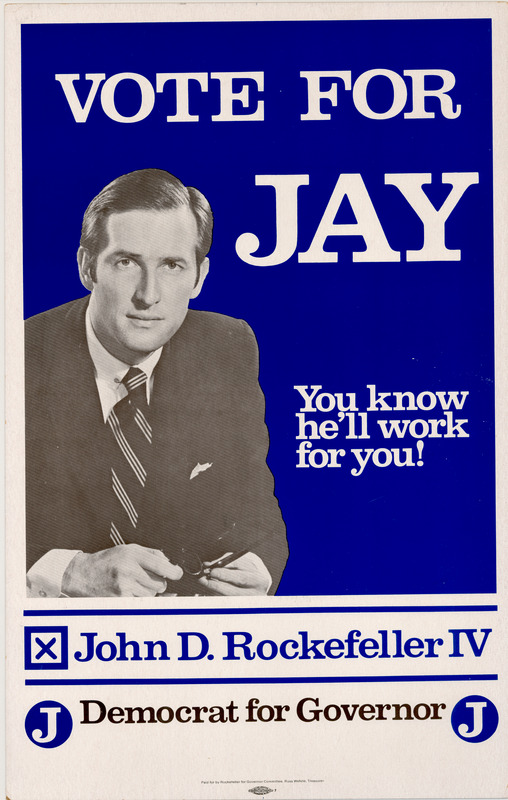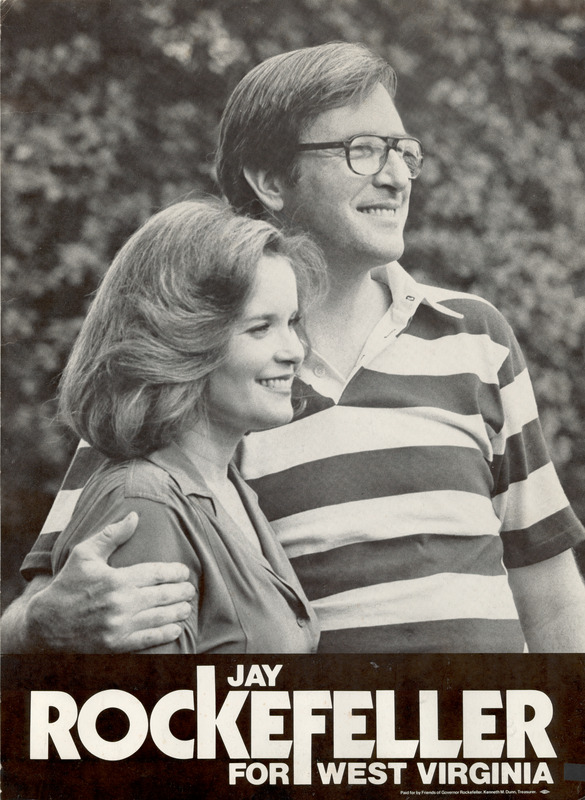Campaign Posters
The American political campaign poster has changed throughout time. John Quincey Adams was the first presidential candidate to use a simple design, yet detailed, campaign poster. Throughout most of the 1800s, campaign posters had to be largely text and easy-to-transfer images, such as sketches and scenery because exact likeness photographs were much harder to copy. However, as photographic redistribution became more accessible in the first half of the 20th Century, there started to be a large number of posters featuring solid text around a black and white photo of the candidate. The idea of this design was to catch people's attention and provide them with the basic information about the candidate. By the mid-20th Century, black and white photos of the candidates were still in use, but with colorful backgrounds. By the 1970s, campaign posters were fully colorized.
Campaign posters continue to be in use today but have a distinct style difference from those of the past. In more modern times, campaign posters revolve heavily around the last name of the person running for office along with some simple symbols. They often utilize the colors of red, white, and blue to showcase patriotism within the poster. Slogans and wordage on campaign posters today undergo message testing and heavy design testing before being put out in the public. However, despite all the advancements that have been made in printing technology and campaign science, the most popular campaign posters of today are relatively simple, focusing on names of candidates and the position being sought. Because we now have access to the election information via television and the internet, there is a decreasing need for detailed political information to be put on a poster.
Campaign slogans have also played an important part in campaigns throughout the years. A memorable slogan could help to produce a successful campaign, especially in the mid 1800s through the mid 1900s. Historically, there have been two types of campaign slogans: one that is memorable because of rhyme or mnemonics, and one that is memorable because it references an important topic. For example, in 1952, Dwight Eisenhower ran on the mnemonic campaign "I like Ike," and won. In 1916, Woodrow Wilson won his re-election campaign on the reference slogan, "He Kept Us Out of War." Both kinds of political slogans are presented in the West Virginia political memorabilia presented.
